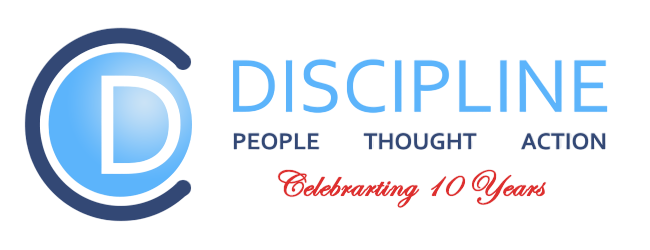Earlier today (October 20, 2025) the internet jolted awake to a major disruption: a large-scale outage at AWS that knocked multiple high-profile apps and services offline, exposed how much we depend on cloud infrastructure, and served as a sharp reminder of the risks of centralisation. This blog walks through what happened, how AWS tracks and responds to incidents via its health dashboard, the wider lessons, and what businesses should do to harden themselves.
What went wrong?
In the early hours of the morning (US time), AWS’s US-EAST-1 region (Northern Virginia) began showing signs of trouble. According to reports:
The incident began around 3:11 a.m. ET in US-EAST-1.
Many major services and applications — from Snapchat and Fortnite to ChatGPT and the voice assistant Alexa — were disrupted.
AWS confirmed the cause appeared related to the DNS resolution of the DynamoDB API endpoint in US-EAST-1; this affected not just that service but other AWS services in that region and globally-dependent features.
By around 6:35 a.m. ET AWS declared the “underlying issue fully mitigated” but noted that backlog and elevated error rates were still being worked through.
The fallout was massive: millions of reports via outage trackers and more than 1,000 companies impacted, spanning apps, games, financial services and firmware-dependent devices.
In short: a single regional issue in a cloud-provider’s infrastructure cascaded into a global disruption.
How AWS lets you look under the hood
For those managing systems on AWS (or even just curious), understanding how AWS tracks and communicates service health is key.
The “Service Health” dashboard on AWS (at health.aws.amazon.com/health/status) publishes public events—regional outages, service degradations, etc. AWS Documentation+1
AWS distinguishes between public events (i.e., any user might see) and account-specific events (issues affecting your specific account or resources). Repost+1
The dashboard lets you filter by region, service, time, and shows historical events (e.g., up to 12 months of past incidents) so you can spot patterns. AWS Health+1
You can subscribe to notifications or integrate via AWS EventBridge so you’re alerted when things go south. WhizLabs
Key takeaway: You should not wait for user reports or social-media noise to discover your infrastructure is affected. Use the health dashboard + proactive alerting.
Bigger picture: What this outage highlights
Dependency concentration
One company’s regional failure rippled across the global internet. Experts say this is a wake-up call for over-reliance on a few cloud providers.Regional weaknesses matter
The failure may have originated in a specific region (US-EAST-1) but the effects were global because many “global” services rely on that region.Backlog & cascading issues
Even once the root cause is addressed, the work doesn’t end: queued requests, throttled API calls, delayed recoveries—these all stretch out the timeline of impact.Visibility vs Business Impact
Public dashboards showed the incident, but for many businesses the real cost is in downstream brand impact, SLA credits, and trust – not just the “minutes offline.”Resilience isn’t only about backups
Many organisations assume cloud = “always available.” But as this event shows, building resilience means preparing for provider failures too.
Recommendations for organisations
Based on what we’ve seen, here are concrete steps you can take:
Use multi-region or multi-provider architectures
If you’re reliant on a single region, evaluate fail-overs to another region or even another cloud / on-prem provider.Monitor cloud provider health actively
Don’t wait for internal error spikes. Subscribe to the health dashboard, set up EventBridge alerts, internal dashboards.Test your fail-over and recovery plans
Simulate a regional outage: what happens if AWS US-EAST-1 becomes unavailable? Can your app switch regions or degrade gracefully?Communicate transparently with users
When mass-services go down (Alexa, games, banking apps) users get upset. Show you’re aware, explain what you’re doing, and follow up with root-cause findings (if you can).Examine your SLA & dependencies
Knowing which services depend heavily on one region or one provider helps you assess risk. If you rely on a cloud API (e.g., DynamoDB) check cross-region behaviour.Post-incident review and RCA culture
After a major outage like this, hold an internal review: what failed, what took too long, what could we have done differently?
Final thought
Today’s outage isn’t just another “cloud hiccup” — it’s a reminder that as more of the world runs on shared infrastructure, single-point risks multiply. Whether you’re a consumer annoyed that your Alexa alarm didn’t trigger, or an enterprise whose service wrapped around AWS services, the lesson is the same: plan for the improbable. Monitor aggressively, test thoroughly, and architect for failure — not just for scale.





